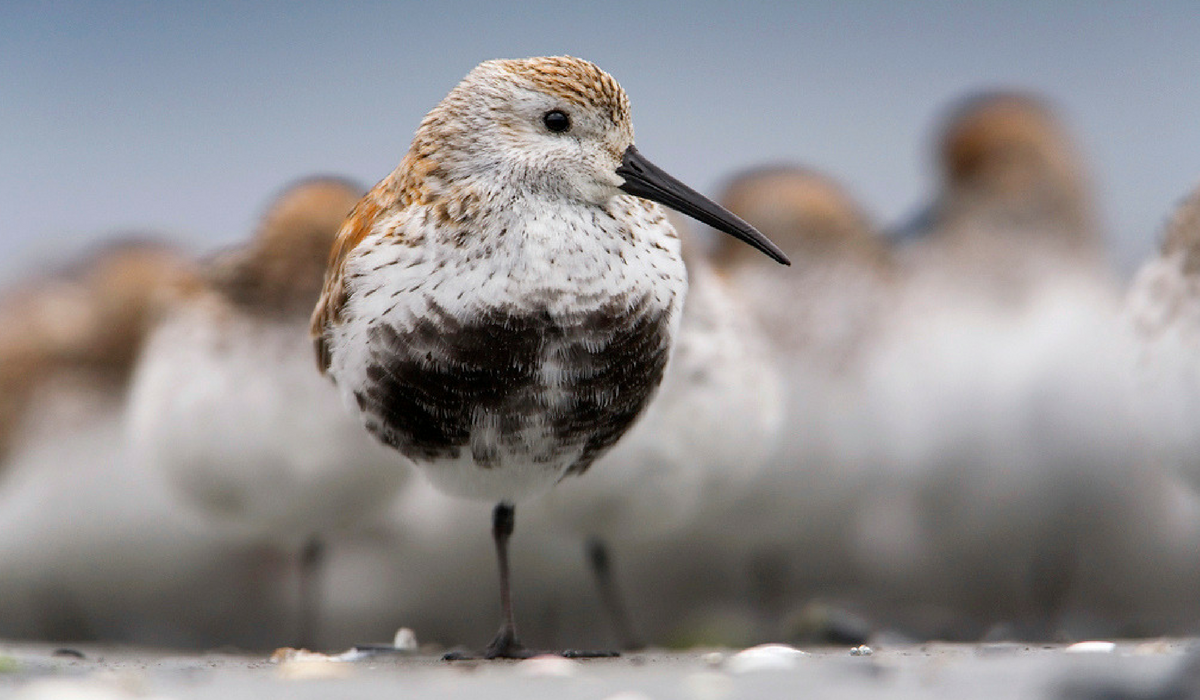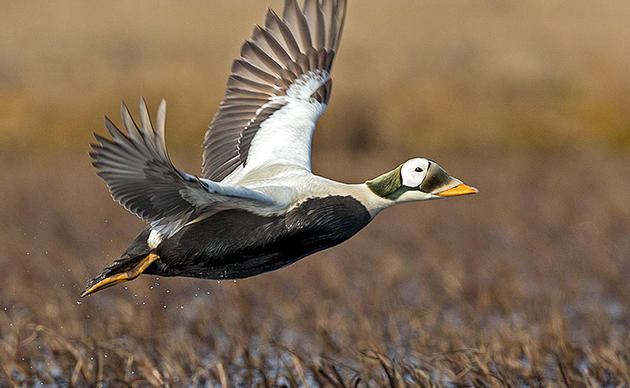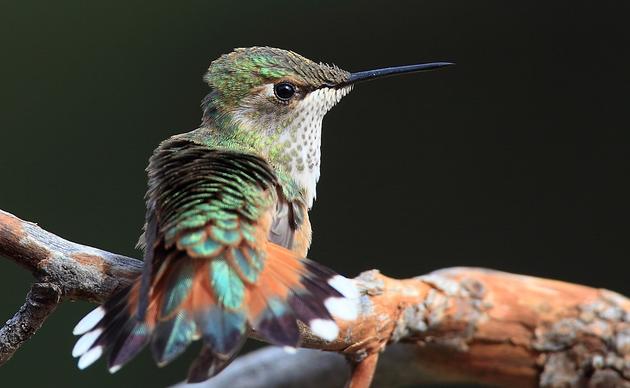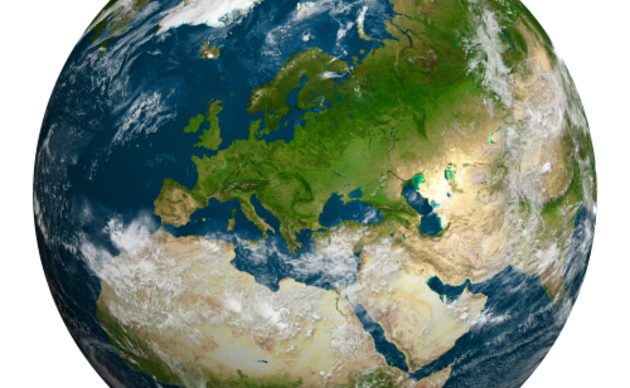High in Alaska’s Arctic is an often overlooked piece of America’s wildlife and wilderness heritage. The National Petroleum Reserve-Alaska (NPRA, or “the Reserve”) might seem like the last place on earth you’d expect to find conservation values. However, the laws governing management of the Reserve specifically require “protection of the environmental, fish and wildlife, and historical or scenic values.” Here, millions of birds congregate from all corners of the globe to nest and raise their young. A cohort of iconic Arctic mammals gathers in this biologically rich area, including caribou, muskoxen, and polar bears.
A new report from Audubon Alaska, the 2017 Assessment of Wildlife Values in the Teshekpuk Lake Wetlands Complex within the NPRA, focuses on the bird and wildlife values of the Teshekpuk Lake wetlands complex, but wildlife values abound throughout the NPRA, particularly in the Colville and Ikpikpuk Rivers, Utukok Uplands, and Kasegaluk Lagoon.
See a summary of our findings below.
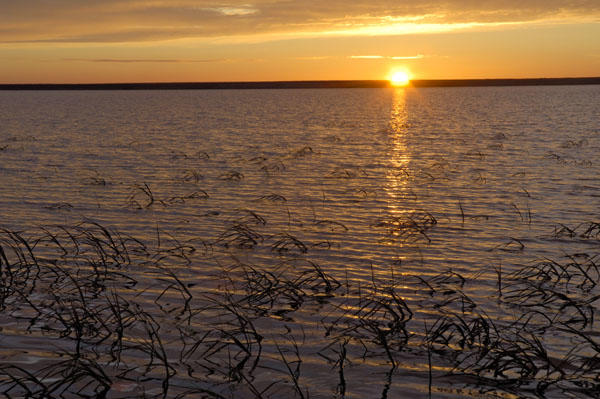
The Teshekpuk Lake Wetlands Complex
The Teshekpuk Lake wetlands complex is nestled into the northeastern corner of the NPRA. The network of smaller lakes and wetlands surrounding the great enclosed waters of Teshekpuk collectively form the Teshekpuk Lake wetlands complex. The area provides staggering value in the form of immense bird and wildlife value: up to 100,000 geese of several species, approximately 600,000 shorebirds, high densities of loons and eiders, denning polar bears, and tens of thousands of caribou forming the Teshekpuk Caribou Herd.
Molting Geese
Molting Geese use areas in and around Teshekpuk Lake as a safe haven where they undergo their annual molt. After nesting across the Arctic, up to 100,000 geese flock to the Teshekpuk Lake wetlands each summer. As many as 40,000 Greater White-fronted Geese, 37,000 Brant, and thousands of Cackling Geese and Snow Geese crowd into the areas around Teshekpuk.
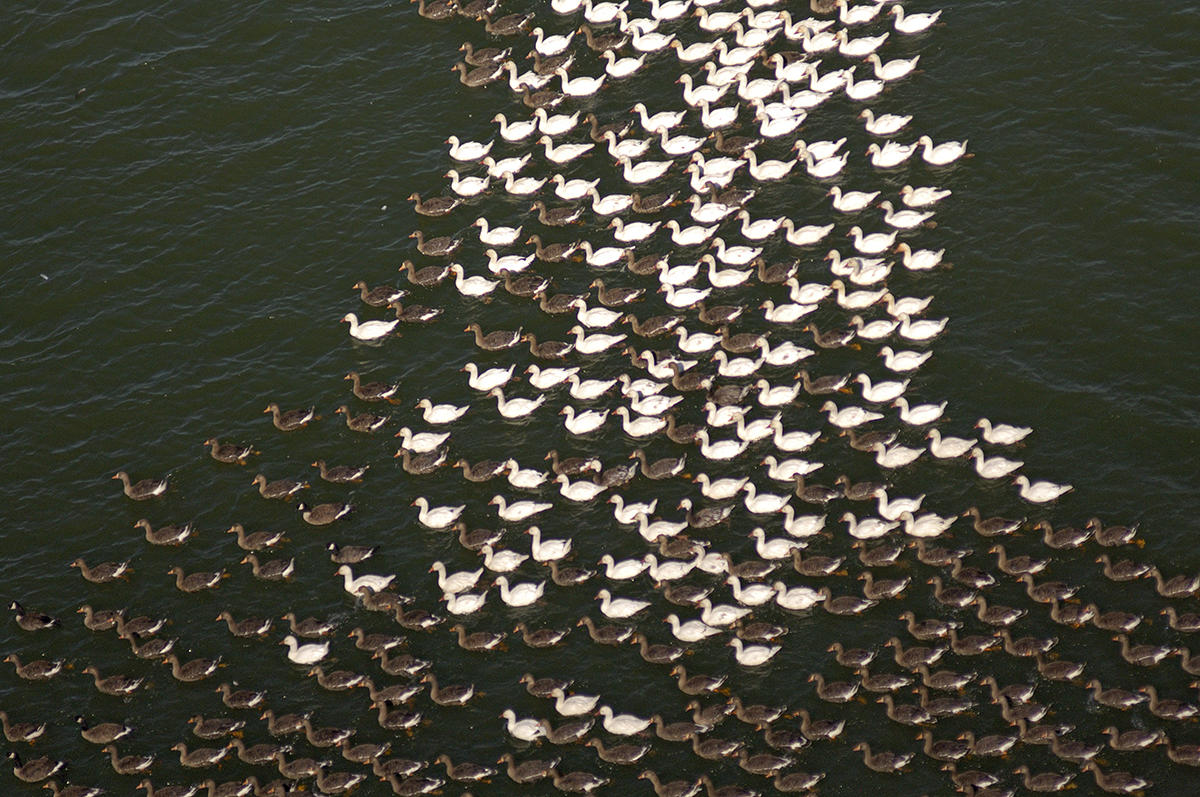
Pacific Brant
Pacific Brant are particularly reliant on the wetlands around Teshekpuk Lake. About 30 percent of the entire Pacific Brant population uses the Teshekpuk Lake area for breeding and molting.
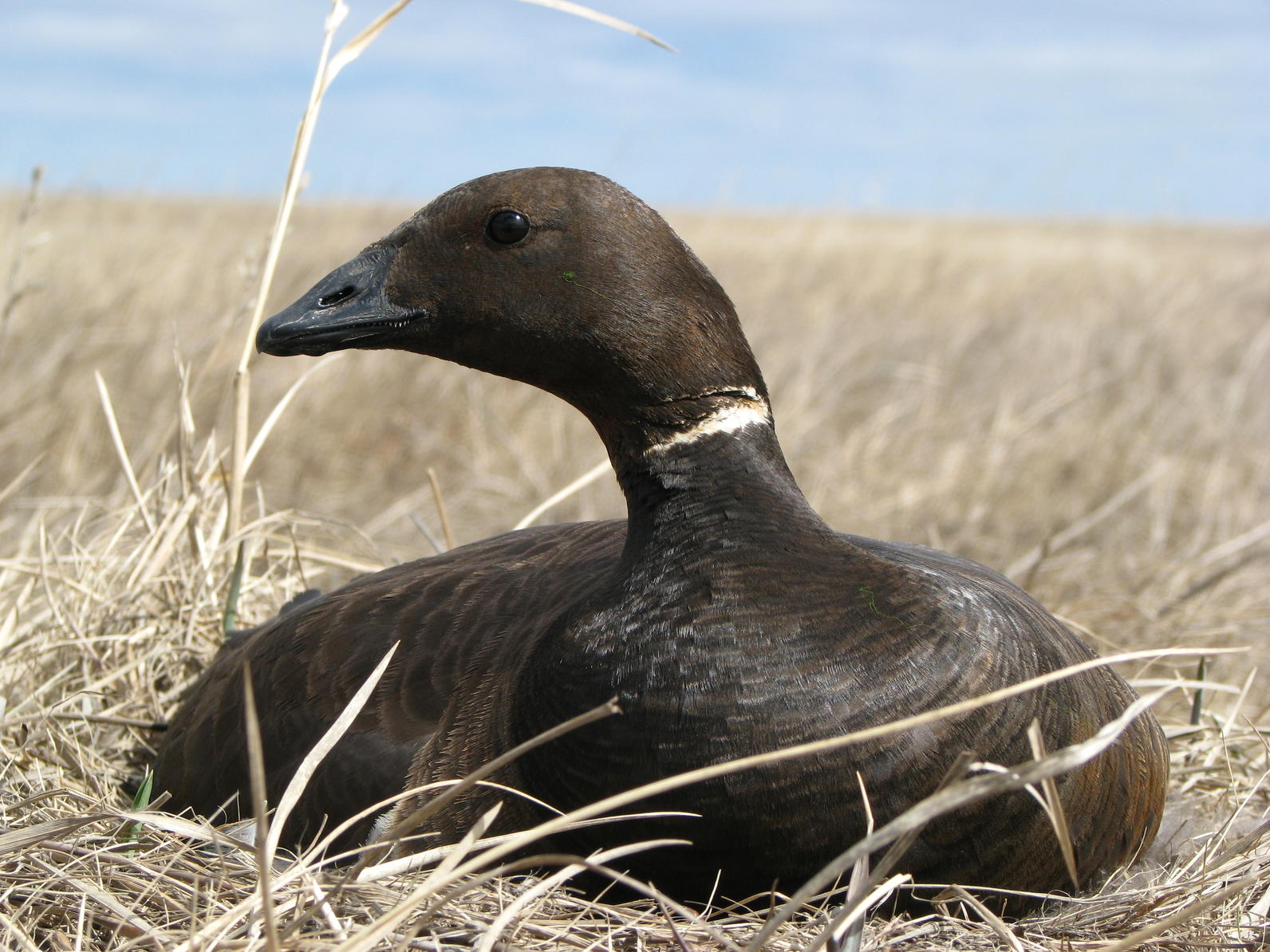
Shorebirds
Millions of shorebirds breed in the NPRA, with 600,000 breeding in the Teshekpuk Lake area alone. This area supports globally significant percentages of populations of three species of shorebird: Dunlin (Calidris alpina arcticola subspecies) 19%; Black-bellied Plover 10%; and Semipalmated Sandpiper (western population) 10%. Overall nest density of breeding birds in the Teshekpuk Lake area is significantly higher than at other sites in Arctic Alaska, and breeding densities of shorebirds are the highest known in any region of the international global Arctic.
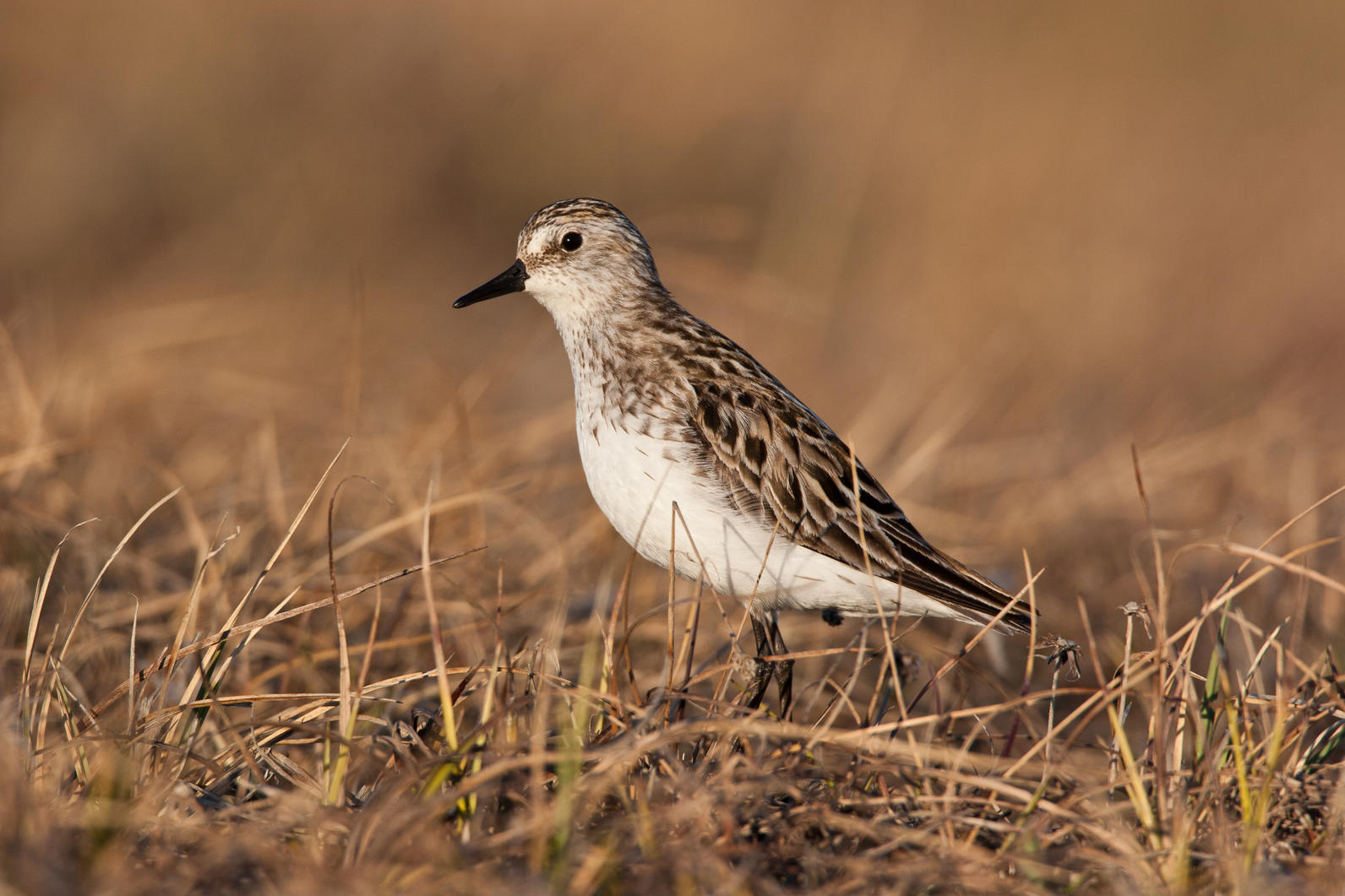
Yellow-billed Loons
Approximately one-fifth of the worldwide population (16,000) of Yellow-billed Loons breed in western and northern Alaska with a substantial portion of those birds (37%) found on the Arctic coastal plain.

All Four Species of the World's Eiders
The Teshekpuk Lake wetlands complex offers nesting habitat to all four species of eiders, two of which (Steller’s Eider and Spectacled Eider) are recognized as threatened under the Endangered Species Act.
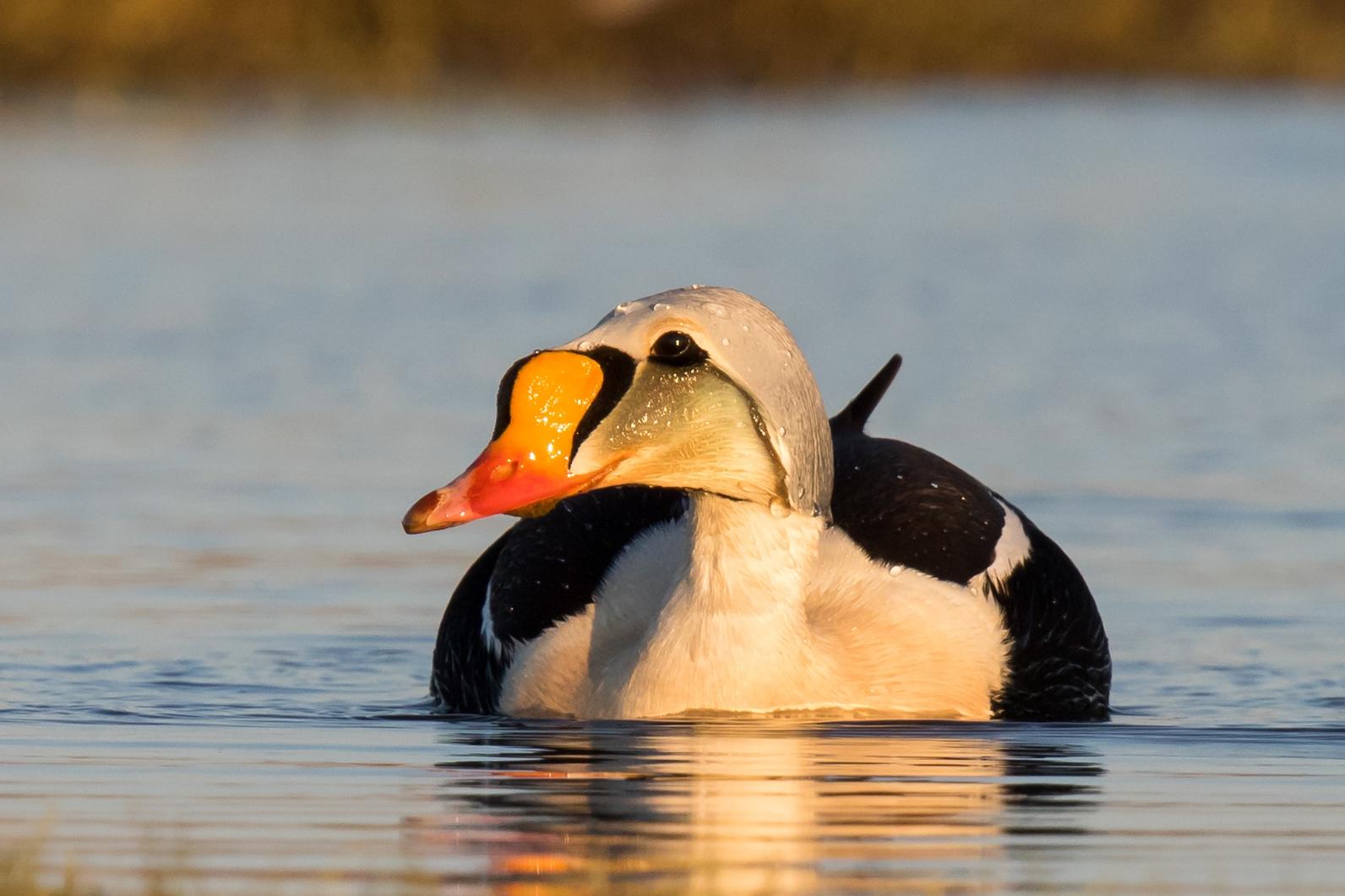
Caribou
The Teshekpuk Caribou Herd uses the lands surrounding Teshekpuk Lake as seasonally important habitat—including calving areas, insect relief, and seasonal movement corridors.
The Teshekpuk Caribou Herd is a crucial subsistence hunting resource for nearby communities. It has been estimated that the Herd provides approximately 95 percent of the caribou harvested by the communities of Utqiagvik (formerly Barrow) and Atqasuk and approximately 85 percent of the caribou harvested by Nuiqsut.
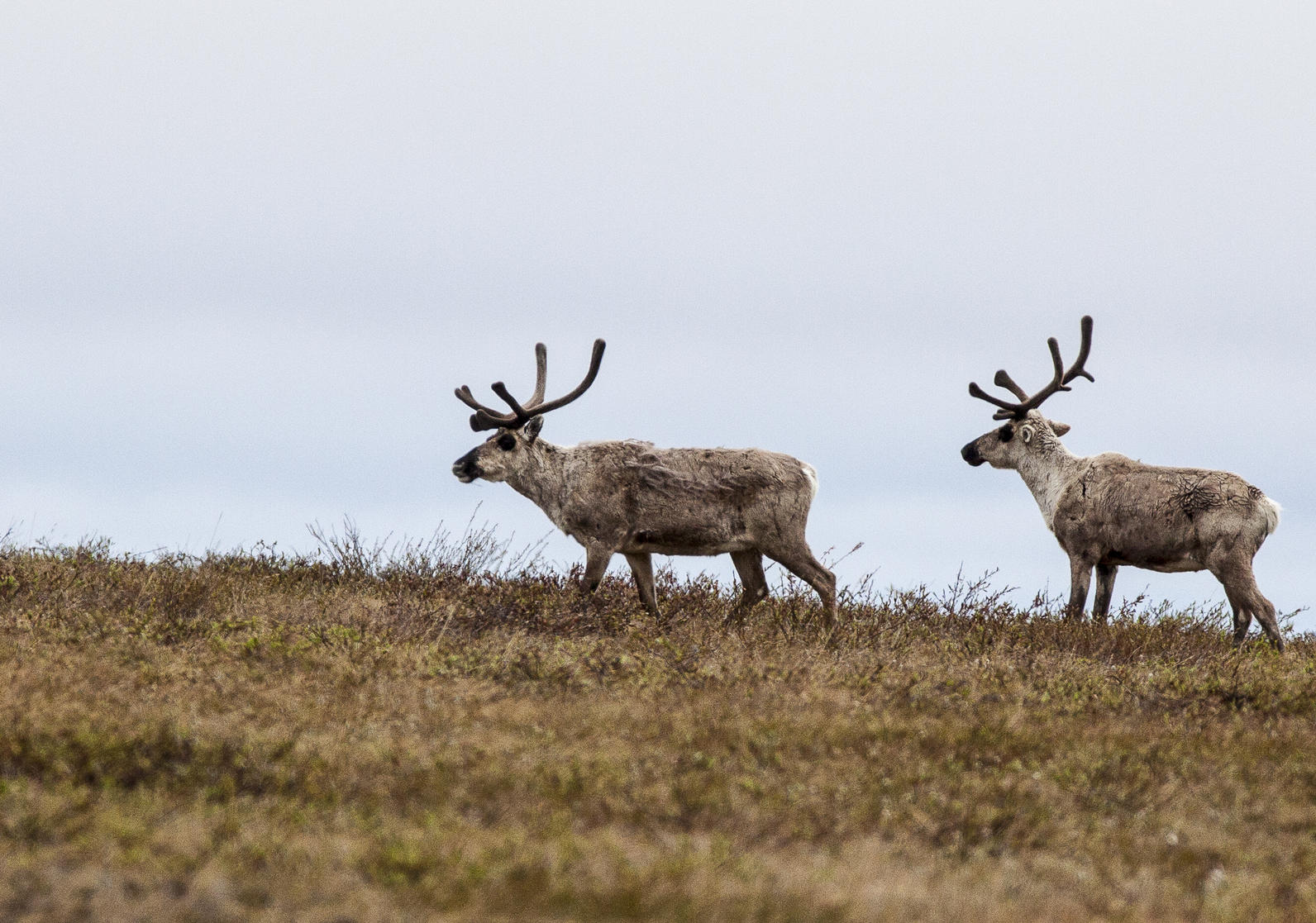
Polar Bears
Polar bears use areas surrounding Teshekpuk Lake as maternal denning sites and foraging areas. The polar bear is another hunted species.
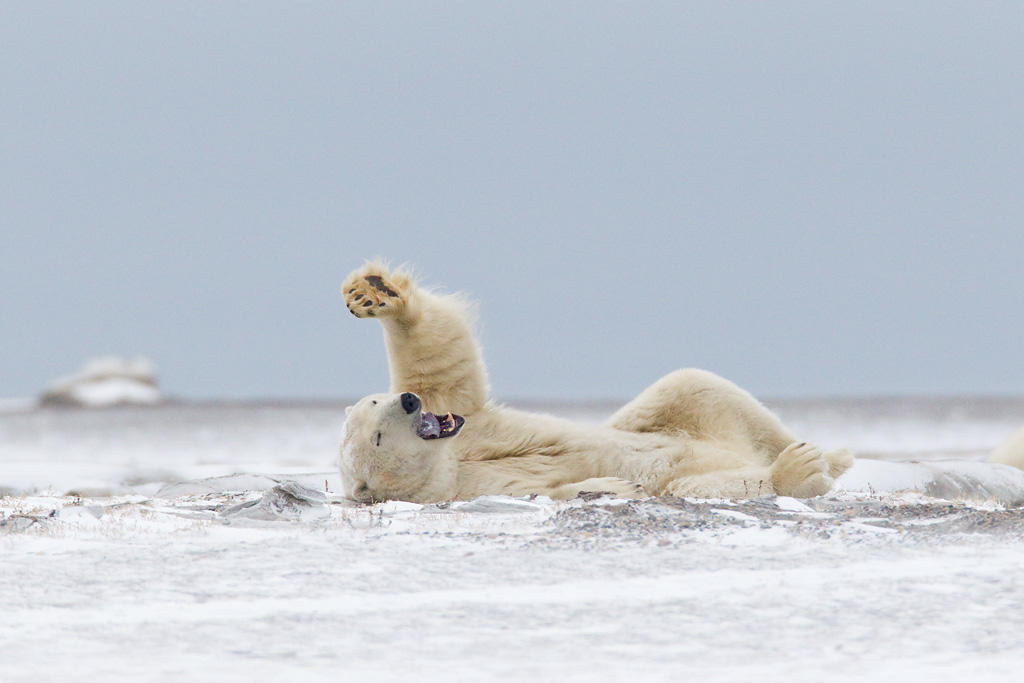
Learn more about the astounding wildlife values in the Western Arctic in the full report!

